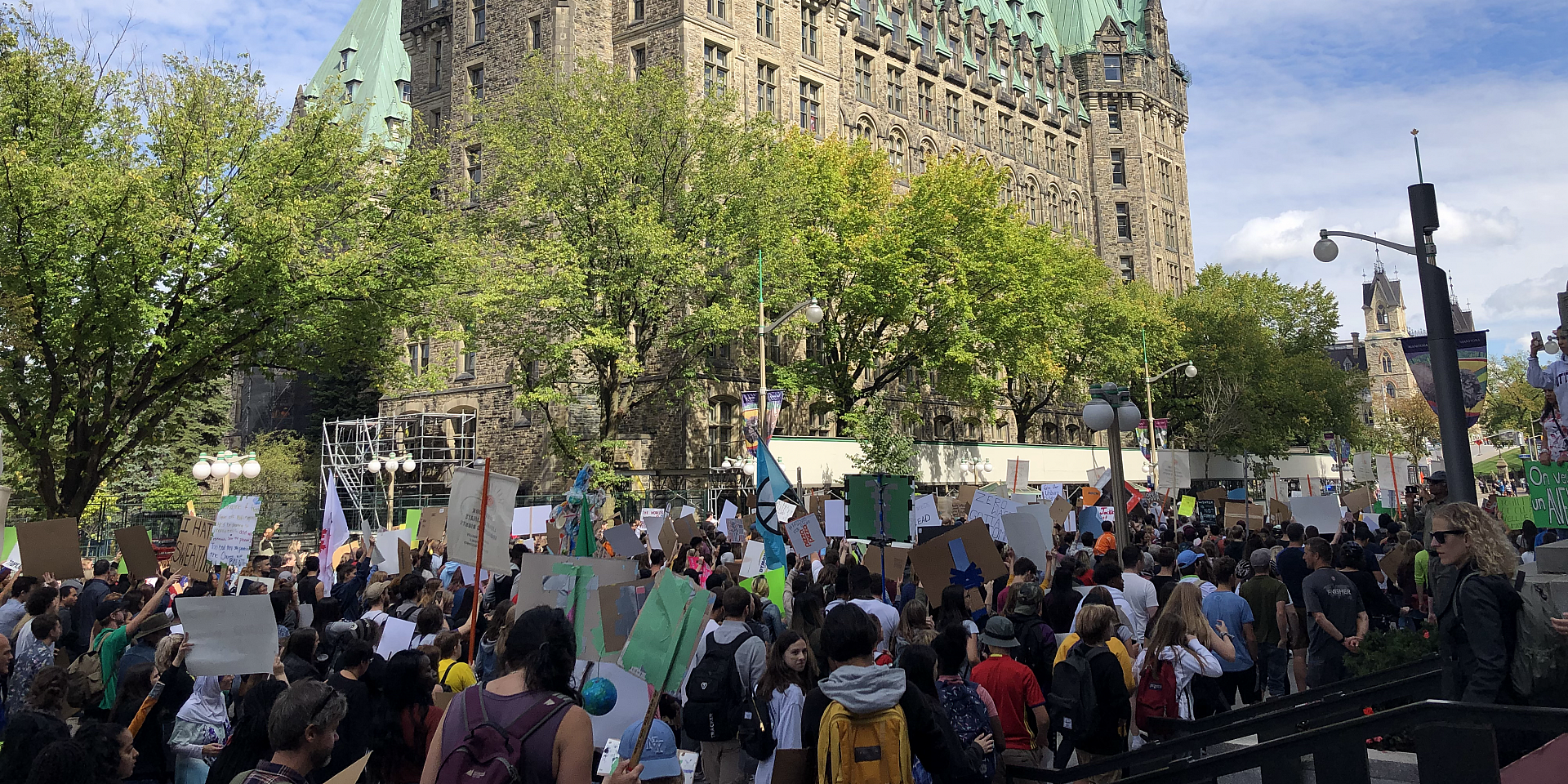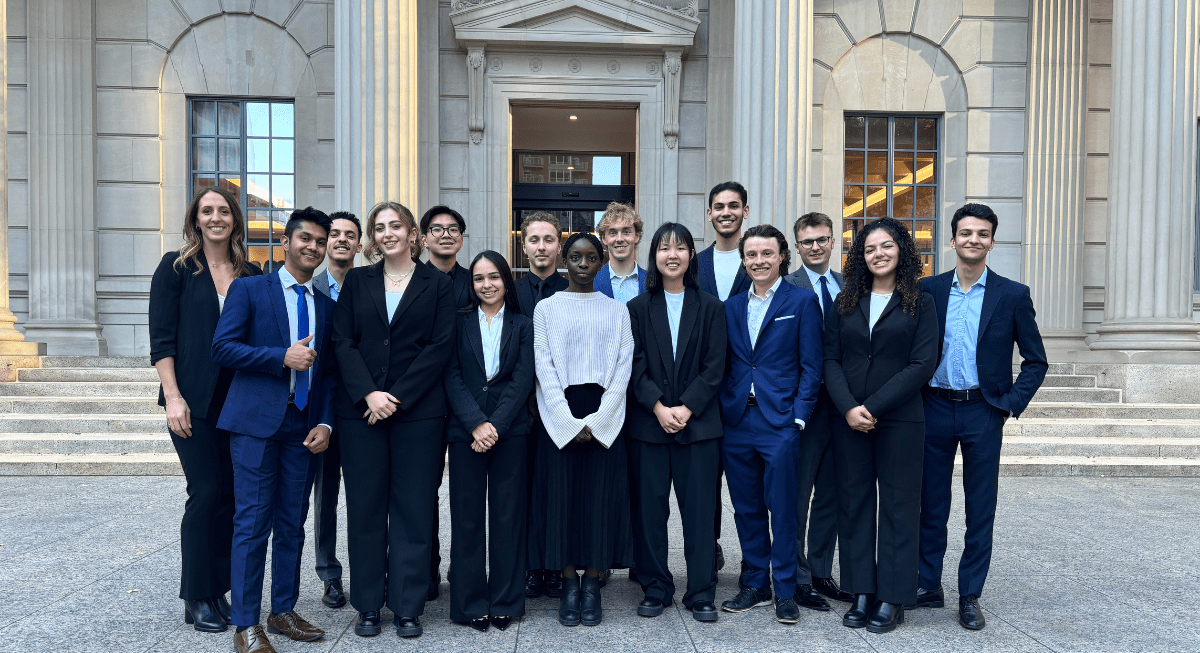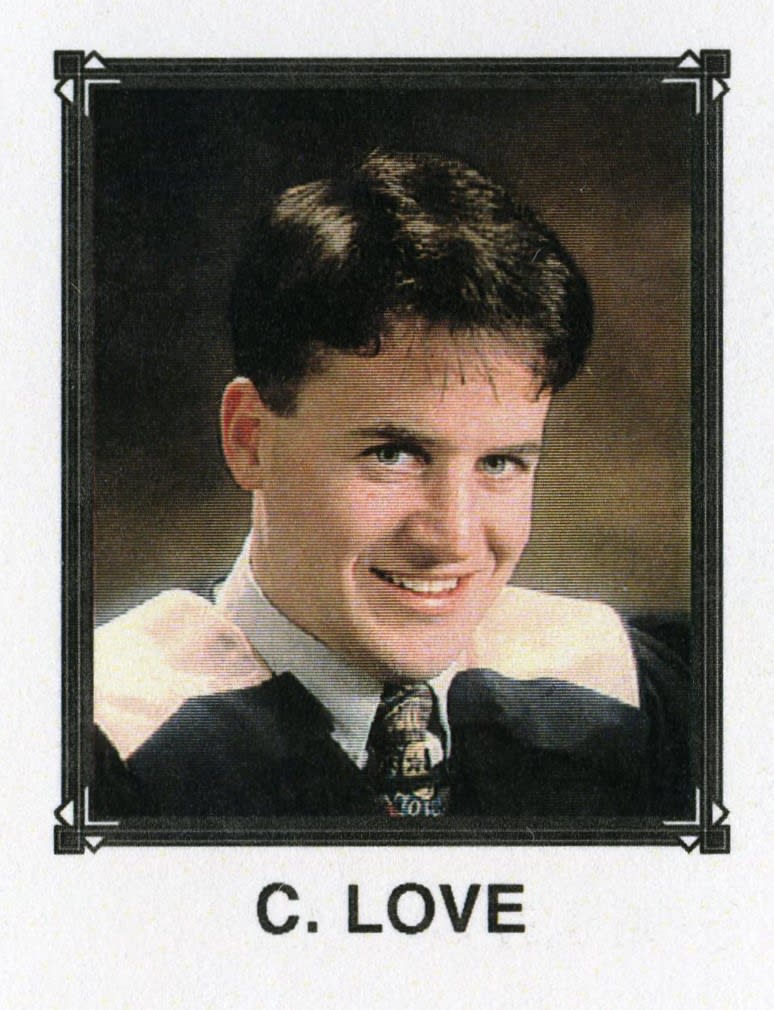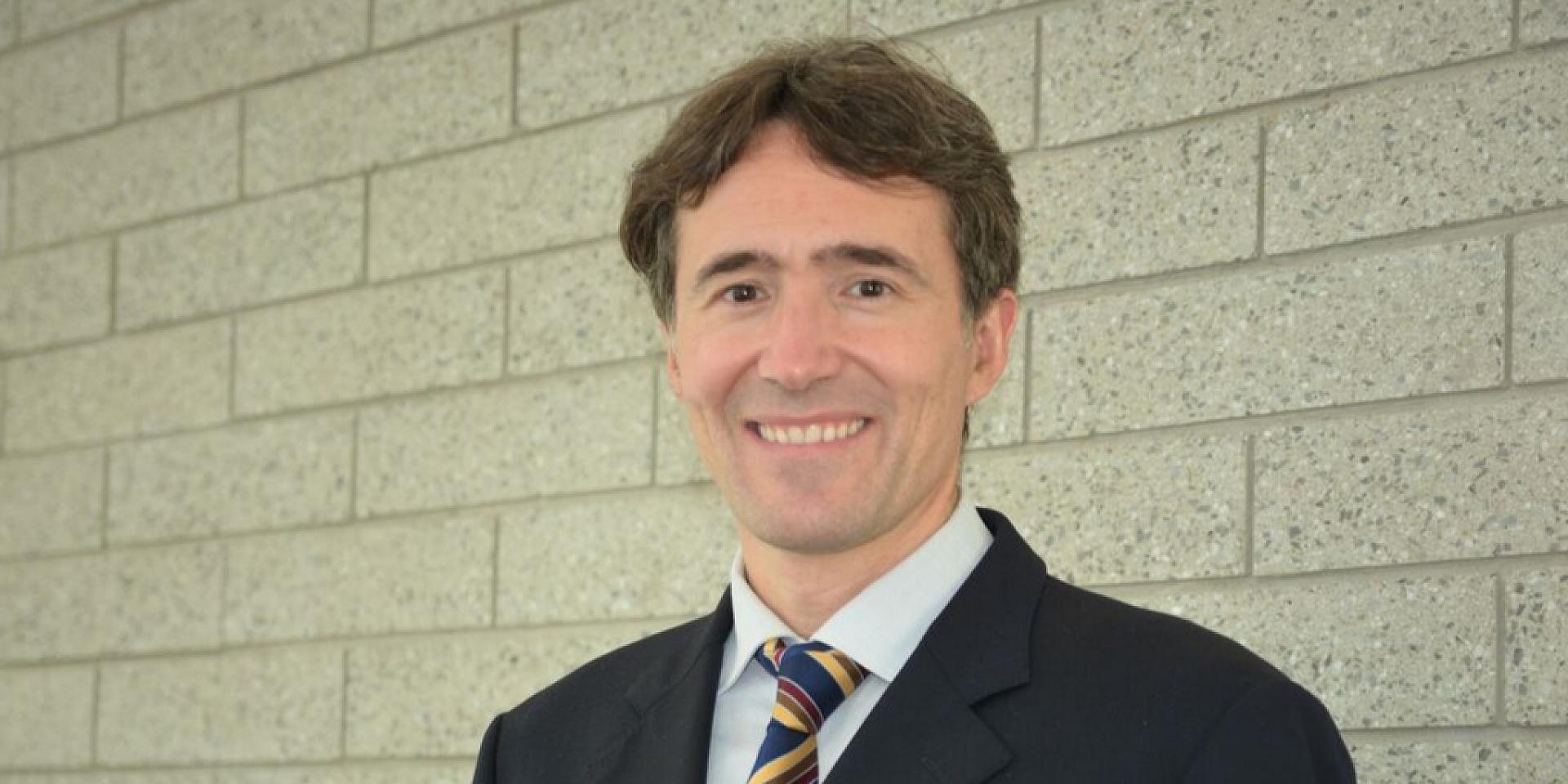François-Éric Racicot and William F. Rentz, Professors from the University of Ottawa’s Telfer School of Management co-authored the article “Testing the new Fama and French factors with illiquidity: A panel data investigation,” published in Finance. Their article was shortlisted to receive an academic prize by l’Association française des investisseurs institutionnels in December 2019. The authors discussed their insights with Instit Invest, a magazine that targets institutional investors in France. We interviewed Professors Racicot and Rentz to learn more about the practical implications of their study.
What’s the Fama-French Five Factor model?
In 1992, University of Chicago’s professors Eugene Fama and Kenneth French developed an asset pricing model to describe portfolio returns. Known as the Fama and French Three Factor Model, this tool used three different factors: market risk, size of firms, and book-to-market values. Their tool could explain as much as 95% of returns whereas the classic Capital Asset Pricing Model explained around 70% of the returns. Twenty-two years later, Fama and French further adapted their model by including two new factors: profitability and investment.
What does the new Fama French model tell investors?
Surprisingly, the Fama-French Five Factor model suggests that the highest returns can be expected to come from companies that are small, valuable, profitable and are not investing in costly growth initiatives. Why? Firms that follow a conservative investment policy are more likely to earn higher returns in the long run. On the other hand, companies that are more aggressive in their investments and take risks in major project are likely to experience losses in the stock market.
How does your research improve the Fama and French model?
We tested these five factors with the help of an algorithm that Professor Racicot developed in a previous study. Then we decided then to divide our data into two samples: information about the market before and during the 2007-2009 crisis. Finally, we included a new factor before running our analysis, illiquidity. Illiquidity refers to stock, bond, or other assets that cannot easily be bought or sold without a substantial loss in value. We decided to include this factor because we expected illiquidity to stand out in times of economic growth. Our results surprisingly showed that illiquidity was more significant in times of economic downturn. Hence, by adding illiquidity to the Fama-French model, we could better explain portfolio returns during an economic crisis.
What does you research tell us about the global markets?
Our model can explain portfolio returns in diversified markets such as the US market. However, when it comes to less diversified markets, such as the Canadian market, our results might not hold. We are currently working on an extension to this framework to be able to address questions around other markets.
Based on your expertise on the topic, what are your recommendations to investors and financial institutions in Canada?
The Canadian economy has fewer industries compared to the Fama-French US industry sectors; therefore, expanding beyond Canadian investments may enhance diversification.
Institutional investors (e.g., pension and endowment funds) in Canada typically have an exposure to domestic investments but may have larger exposure to US equities.
Investments in alternative markets are becoming increasingly important and may be useful to enhance the returns of institutional investors.

François-Éric Racicot is a Full Professor at the Telfer School of Management. Learn more about his research.

William F. Rentz is an Associate Professor at the Telfer School of Management.
Learn more about this study:
Racicot, F.E., Rentz, W.F. and Théoret, R. 2019. “Testing the new Fama and French factors with illiquidity: A panel data investigation.” Finance, 39(3): 45-102.











